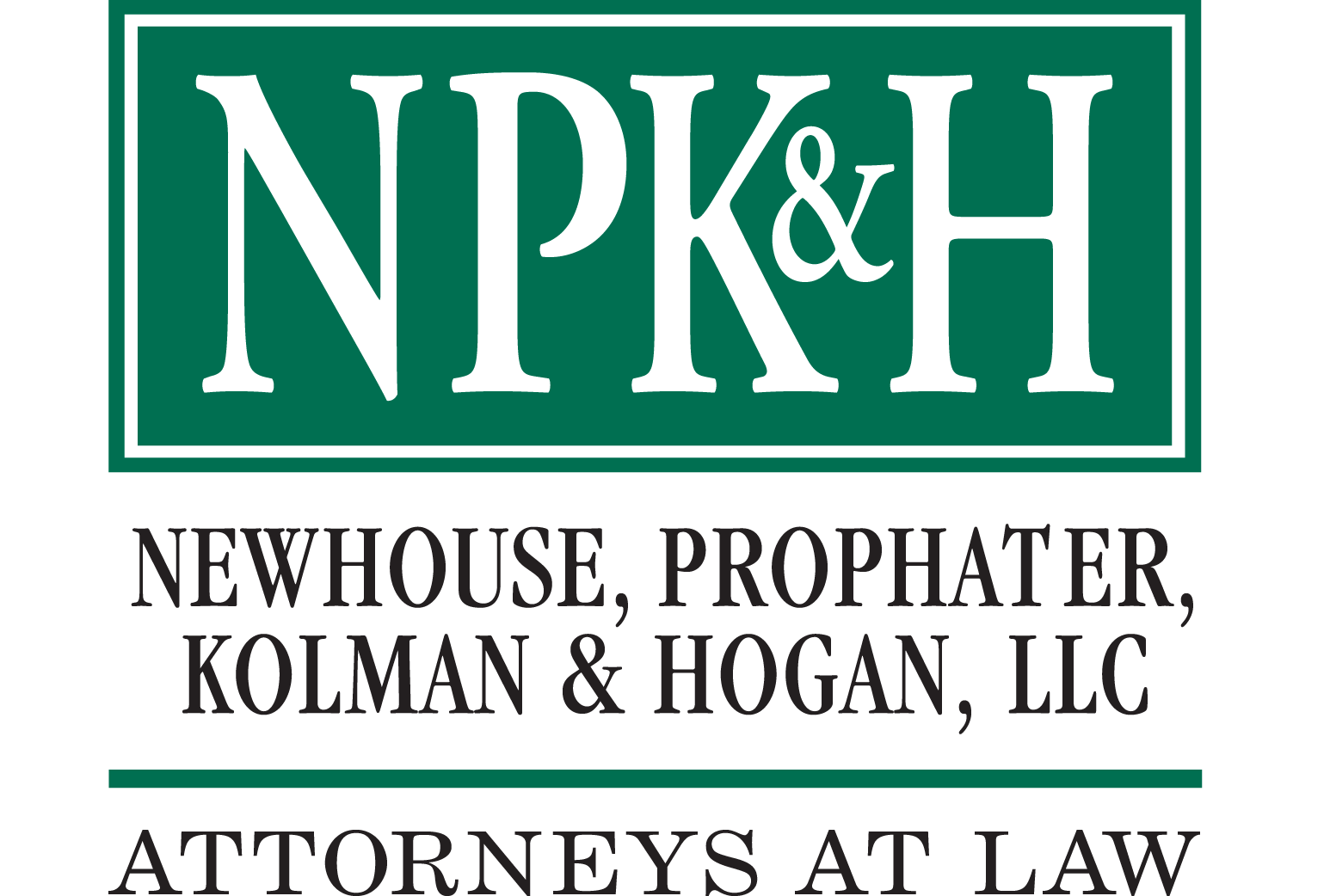Articles
WHERE DID THE MERCURY COME FROM?
by:
D. Wesley Newhouse
Newhouse, Prophater, Kolman & Hogan, LLC
Tel: (614) 255-5441
Polyurethane flooring material was a great product in many ways. It was spongy, so it could absorb the shock of slapping basketball and running shoes, and of the tumbling bodies of school children in gym class. It was waterproof, easy to clean and maintain, and easy to install.
There was just one problem.
Mercury.
Mercury is a potent neurotoxin. It’s the last thing anyone would want children, gym teachers and coaches, and school maintenance personnel, to be exposed to.
Mercury, however, is sometimes present in polyurethane floors. It was a catalyst that was essential to the chemical reaction that turned the liquid chemicals used to make the floors into a solid. Mercury residue remains in some of the floors.
Having been to the litigation rodeo over these floors a few times, we have learned that it is important for school districts to determine the source of the mercury-containing flooring material. We have also learned a few places to look for evidence of this.
The first step is to determine if the polyurethane flooring material actually contains mercury in concentrations sufficient to be concerned about. There are various air and bulk sampling processes and standards that have more or less been accepted for determining if mercury levels justify taking precautions. There is not much sense in digging about old records to locate the source of the flooring materials if the materials do not pose a health or safety threat. So, before a school district should do anything else, it should hire one of the small handful of experts who know how to test for mercury.
If the testing establishes that mercury is present at levels that exceed accepted health and safety standards, then the hunt is on.
Where did the flooring material come from? The answer to that question will aid greatly in the process of recovering from the manufacturer the cost of removal and disposal. Several companies made this material. Unless a school district is prepared to pursue a very costly and risky industry liability theory or class action, it’s legal counsel will want to know the name of the company that produced the flooring material.
A good place to start is maintenance records. Polyurethane floors must be cleaned and maintained with specific chemicals. Some of the manufacturers of the flooring materials also manufactured cleaning and maintenance chemicals. They provided instruction manuals for maintenance personnel, sent them promotional materials for their cleaning products, and issued informational releases about new procedures and chemicals. If the facilities maintenance department has always used cleaning chemicals manufactured by Brand X, the flooring material itself may have been made by Brand X.
Construction documents are also a good source. Since the installation of a gym floor or running track would almost certainly have been the subject of public bidding, there should be design specifications, bids from contractors that specify materials, bid award documents, a contract, and a board resolution authorizing the contract. There may also be project notes and correspondence, payment applications and lien waivers that reference the flooring materials. Finally, there may be warranty materials from the manufacturer.
Purchase records may also identify the flooring materials. Invoices, payment applications, check registers and the like may refer to the manufacturer of the material. If cleaning and maintenance supplies have been purchased through time, there may be purchase records for these.
Most school buildings have undergone renovations. A search of records of this sort for each major renovation or addition may turn up useful evidence.
Because polyurethane floors and running tracks were installed in the late 60’s through the 80’s, districts may no longer have records. Records may be available from architect and engineer firms that were involved in the projects. Distributors and suppliers of the product may have records, as may the manufacturer itself. Getting records from these sources, especially prior to the filing of a lawsuit, has proven to be quite a challenge.
It is not enough for a school district to identify that it has mercury in its gym floors. To recover from the manufacturers without inordinate legal cost, districts need to find the source of the material. Blame cannot float about, it must come to roost on a manufacturer that evidence shows produced the product.
